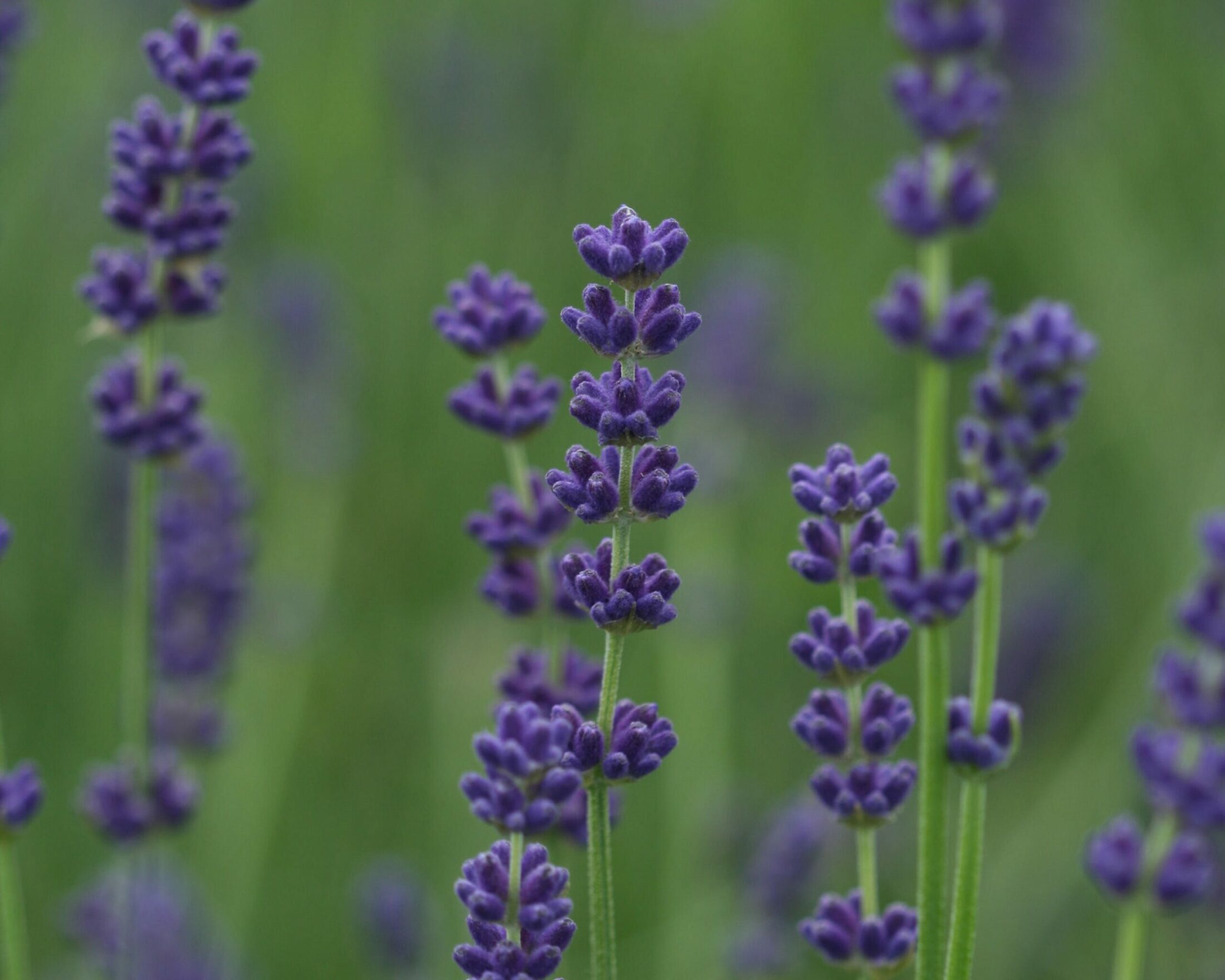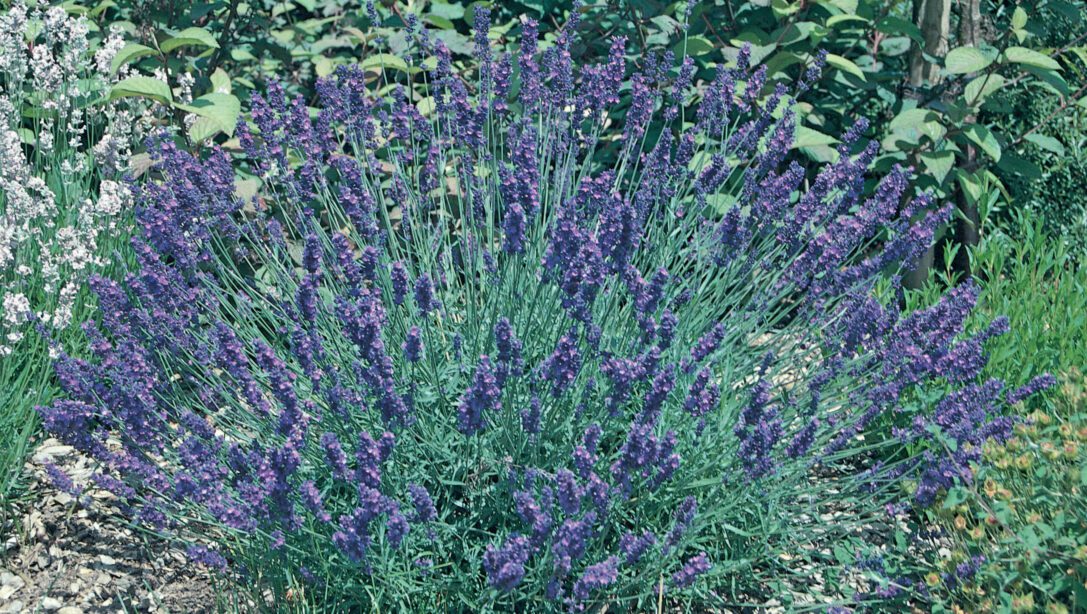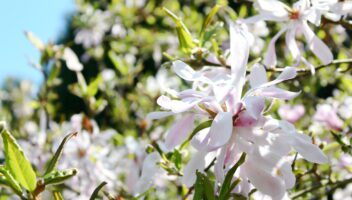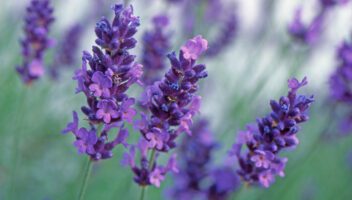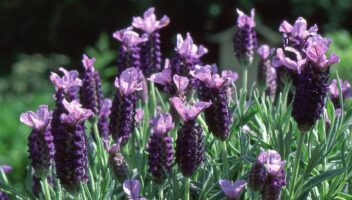Lavandula angustifolia | English lavender
Also known as ‘common lavender’, this small aromatic species is compact and bushy. The flowers can range from pale to deep purple and are contained in short, dense spikes upon long, unbranched stalks.
Lavender is the ideal plant for a sensory garden, thanks to its uniquely textured flowers and foliage and calming scent.
View our collection of plantsLavandula angustifolia Varieties
Lavandula angustifolia ‘Hidcote’
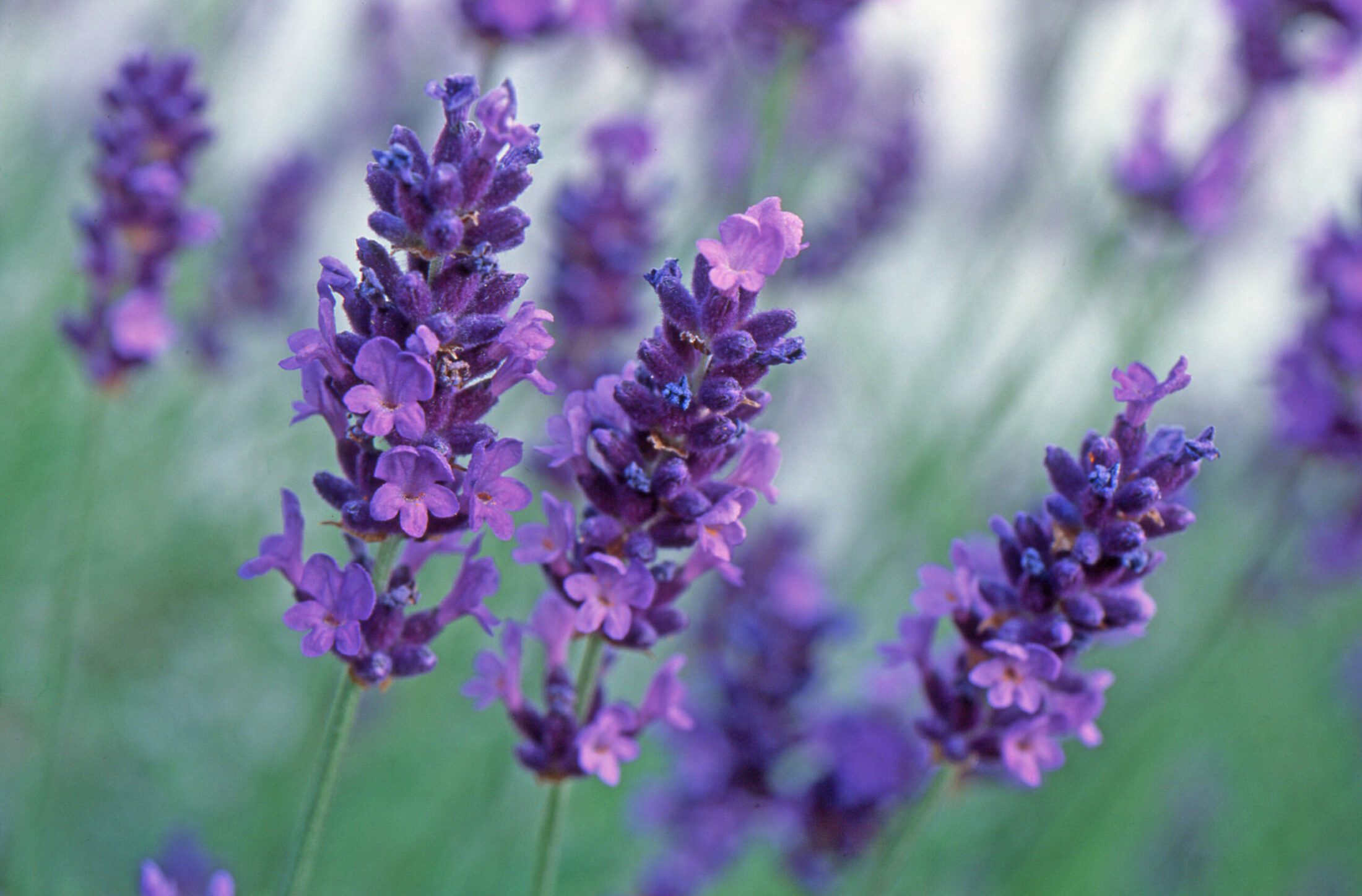
| Flowering time | Summer |
| Sun requirements | Full sun |
| Soil | Well-drained soil |
| Hardiness | Hardy in most of the UK |
| Size | Grows to approx. 50cm x 100cm spread |
Lavandula angustifolia ‘Munstead’
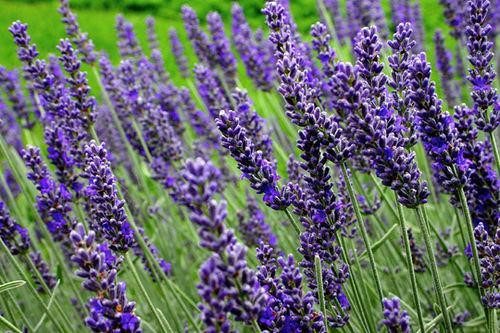
| Flowering time | Summer |
| Sun requirements | Full sun |
| Soil | Well-drained soil |
| Hardiness | Hardy in most of the UK |
| Size | Grows to approx. 50cm x 100cm spread |
Lavandula angustifolia ‘Platinum Blonde’ (Momparler)
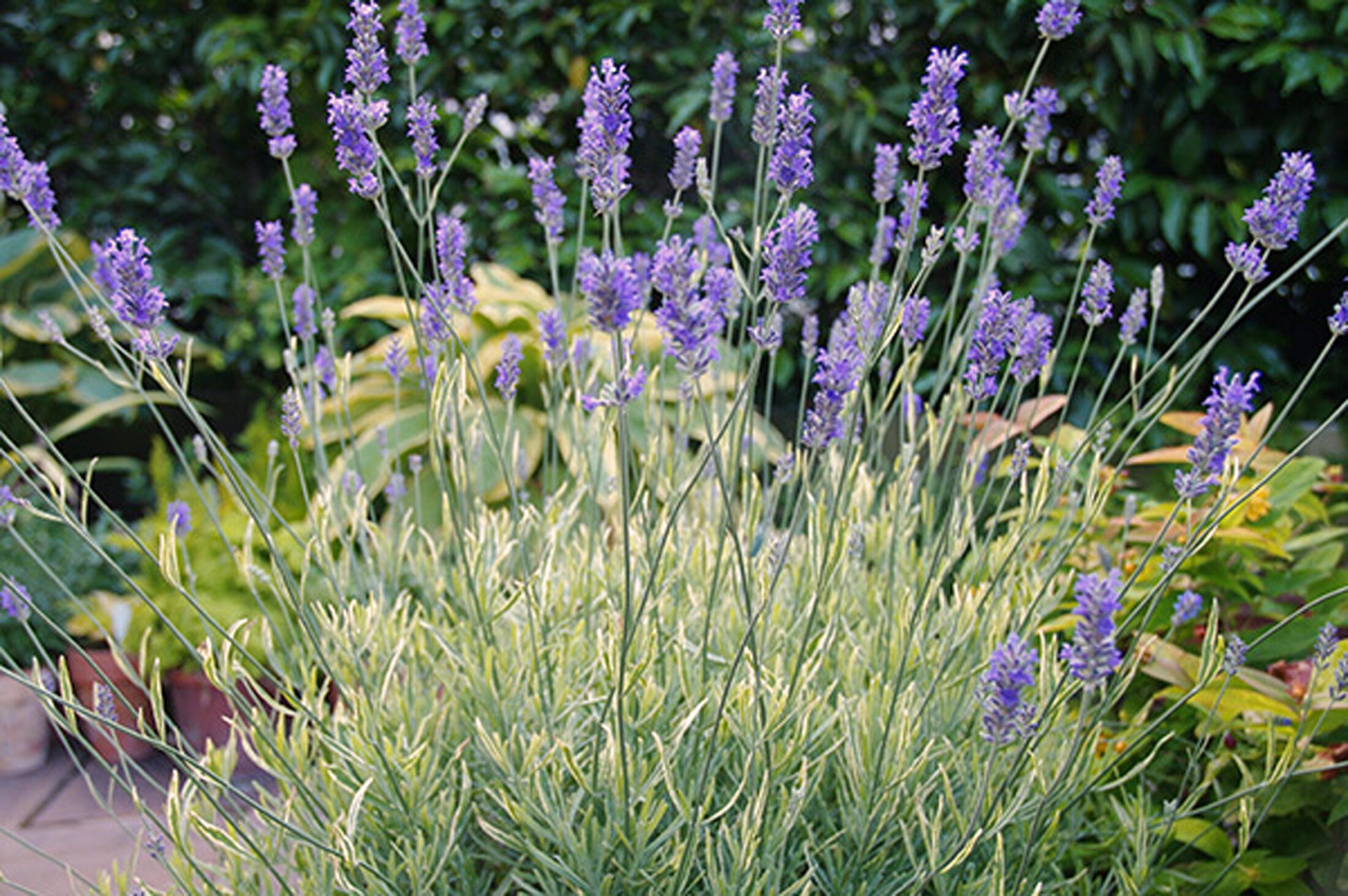
| Flowering time | Summer |
| Sun requirements | Full sun |
| Soil | Well-drained soil |
| Hardiness | Hardy in most of the UK |
| Size | Grows to approx. 50cm x 100cm spread |
Lavandula angustifolia ‘Imperial Gem’
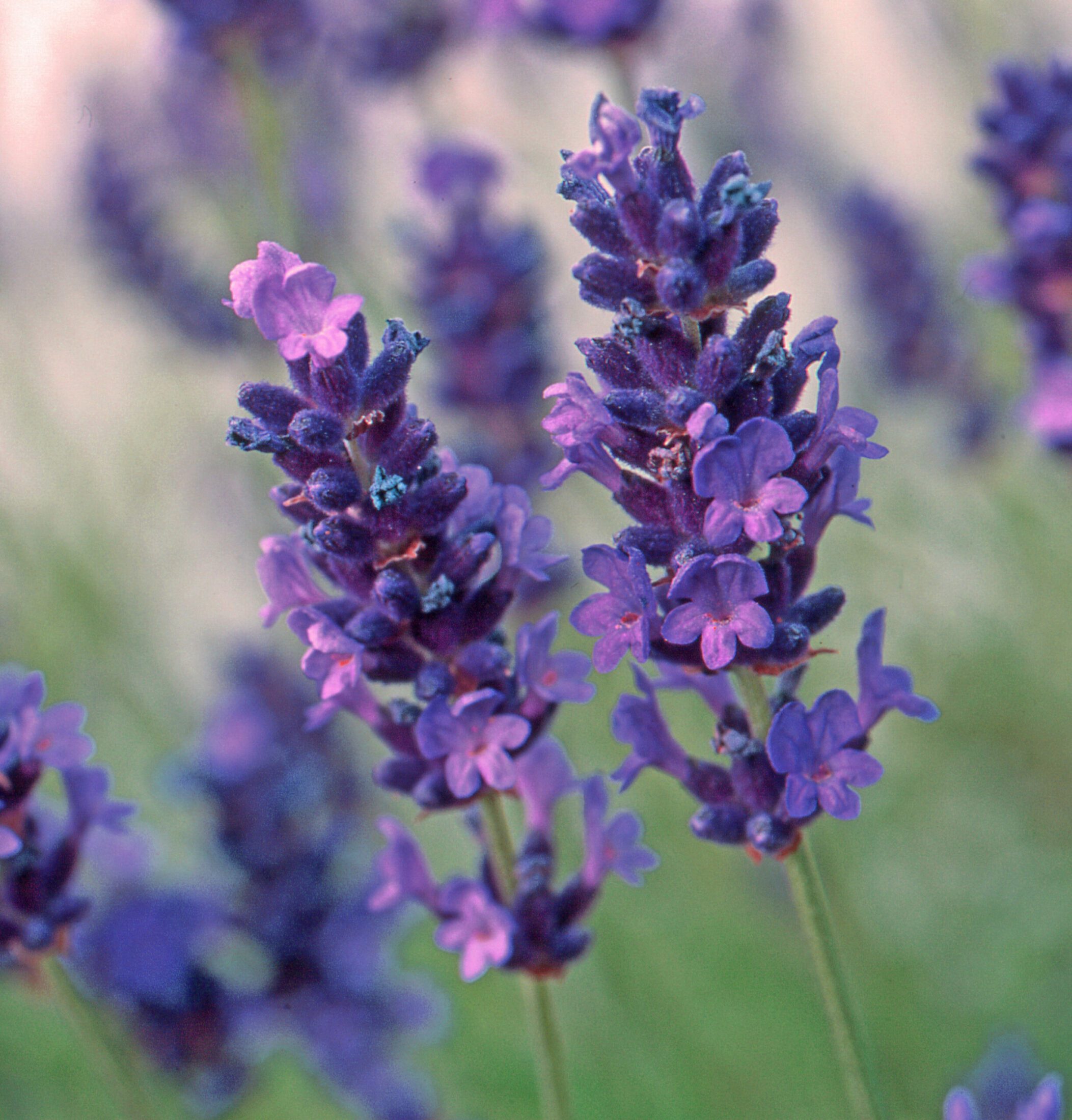
| Flowering time | Summer |
| Sun requirements | Full sun |
| Soil | Well-drained soil |
| Hardiness | Hardy in most of the UK |
| Size | Grows to approx. 50cm x 50cm spread |
Lavandula angustifolia ‘Melissa Lilac’
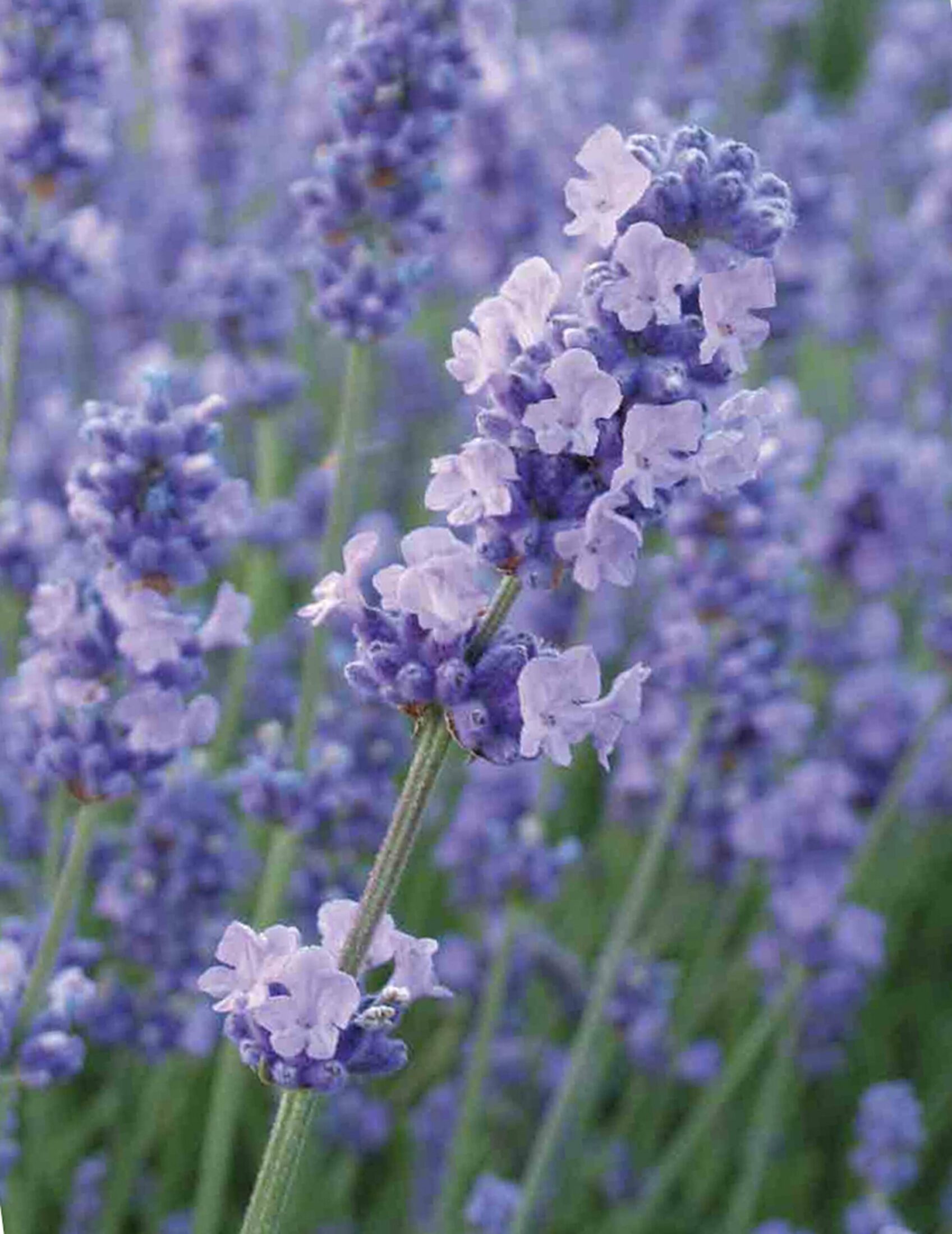
| Flowering time | Summer – autumn |
| Sun requirements | Full sun |
| Soil | Well-drained soil |
| Hardiness | Hardy in most of the UK |
| Size | Grows to approx. 100cm x 50cm spread |
Lavandula angustifolia ‘Arctic Snow’
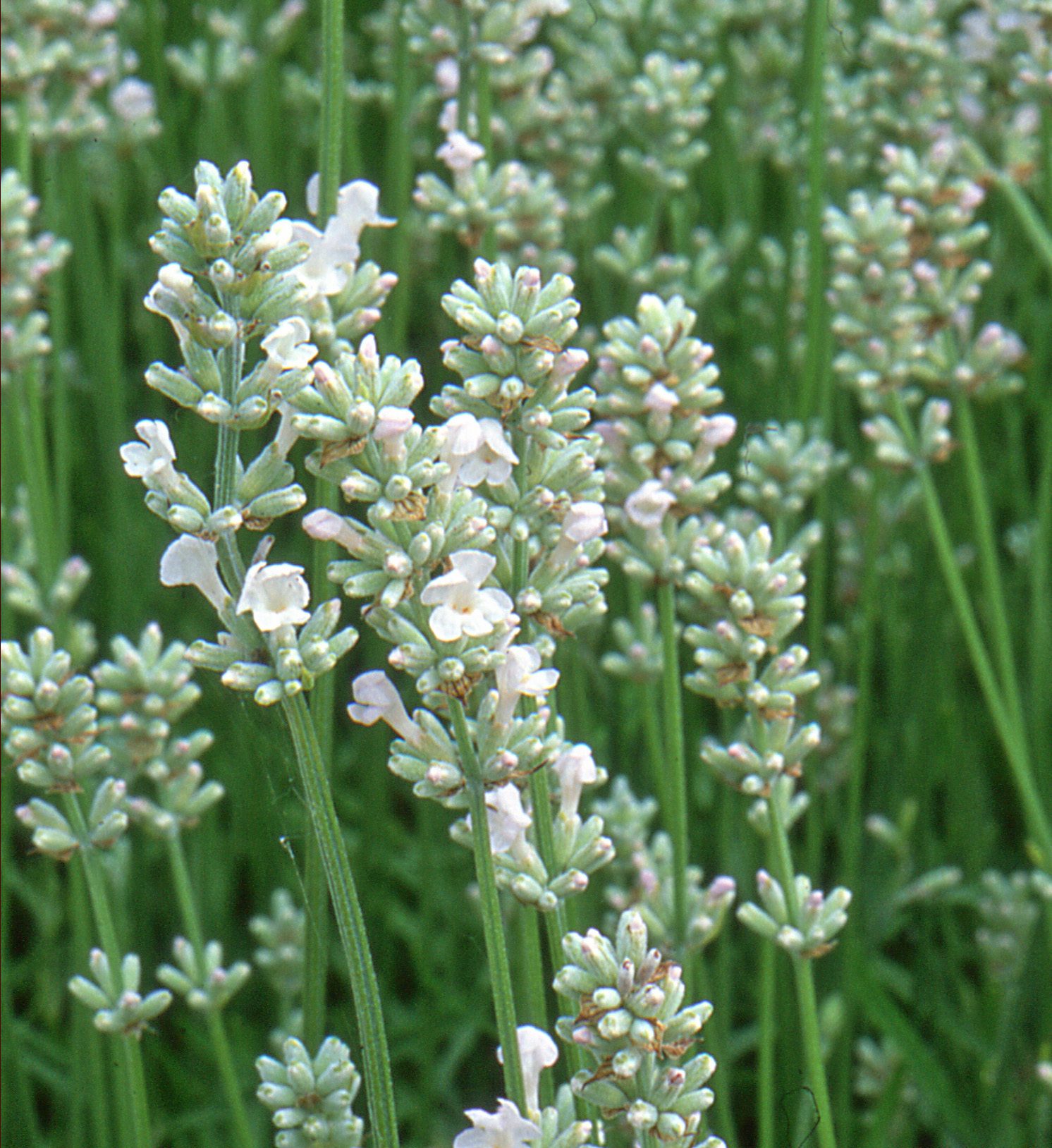
| Flowering time | Summer |
| Sun requirements | Full sun |
| Soil | Well-drained soil |
| Hardiness | Hardy in most of the UK |
| Size | Grows to approx. 50cm x 50cm spread |
Lavandula angustifolia ‘Loddon Pink‘
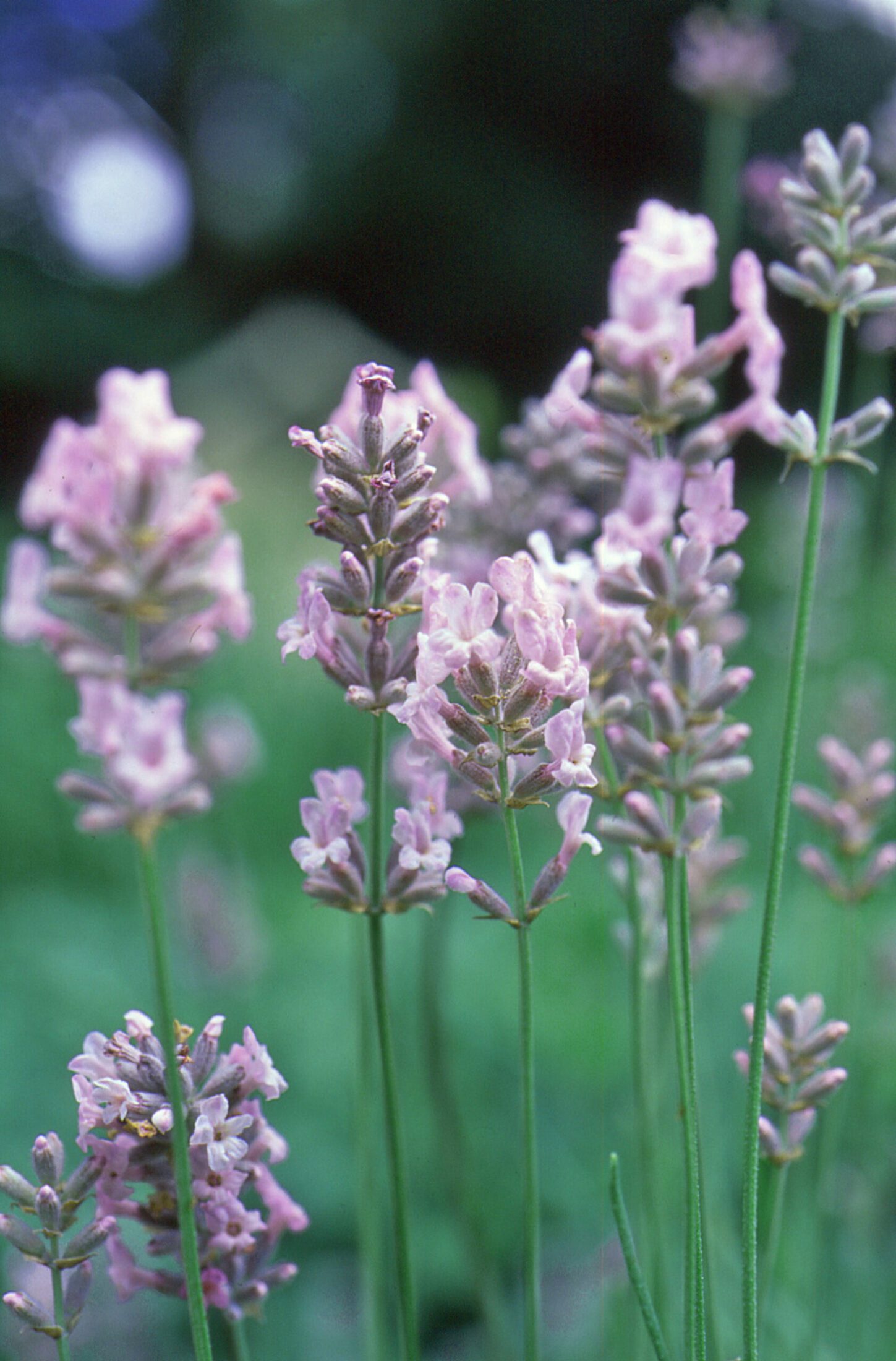
| Flowering time | Summer |
| Sun requirements | Full sun |
| Soil | Well-drained soil |
| Hardiness | Hardy in most of the UK |
| Size | Grows to approx. 50cm x 50cm spread |
Lavandula angustifolia ‘Loddon Blue‘
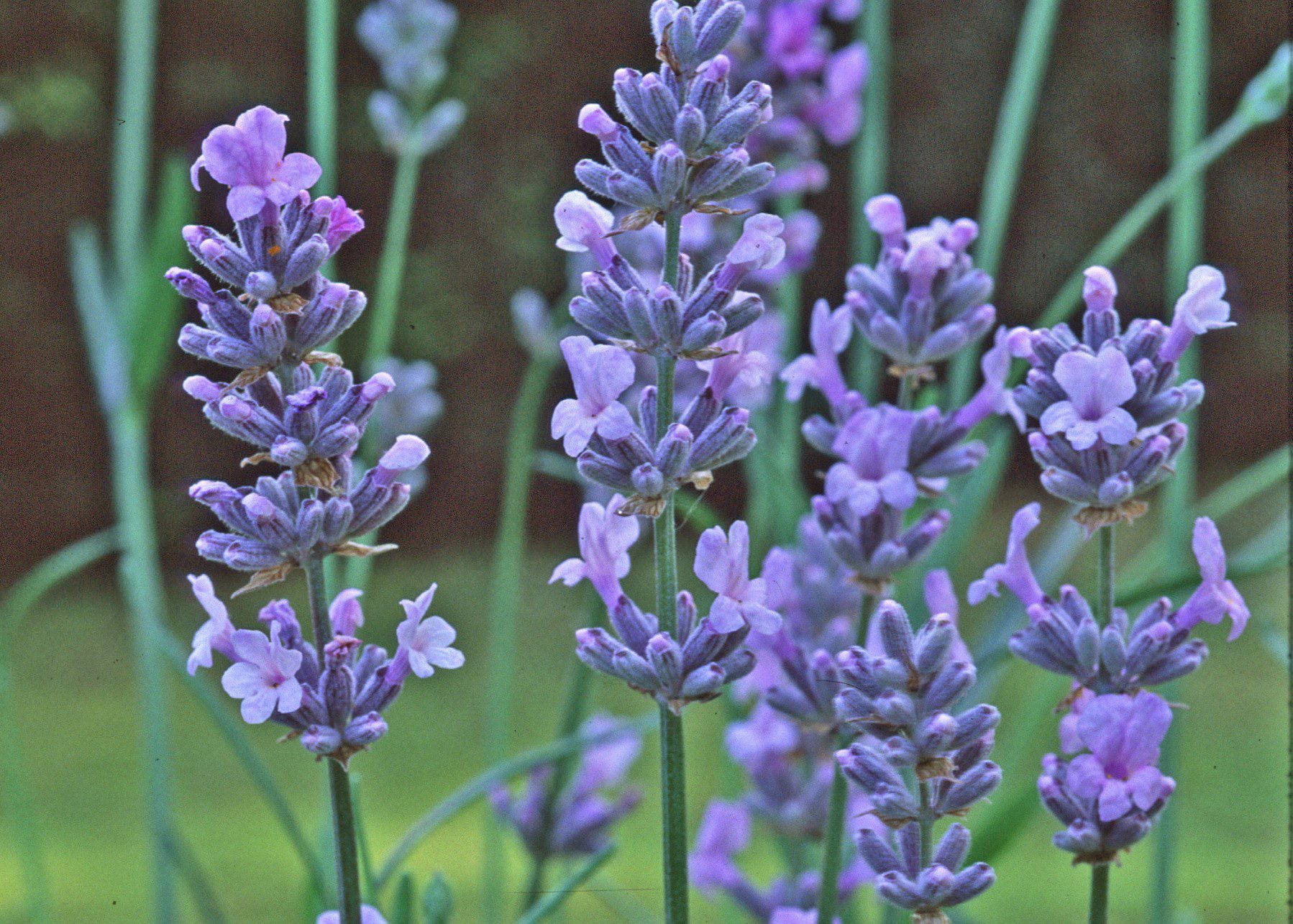
| Flowering time | Summer |
| Sun requirements | Full sun |
| Soil | Well-drained soil |
| Hardiness | Hardy to – cold winter |
| Size | Grows to approx. 50cm x 50cm spread |
Lavandula x intermedia Exceptional (hillav)
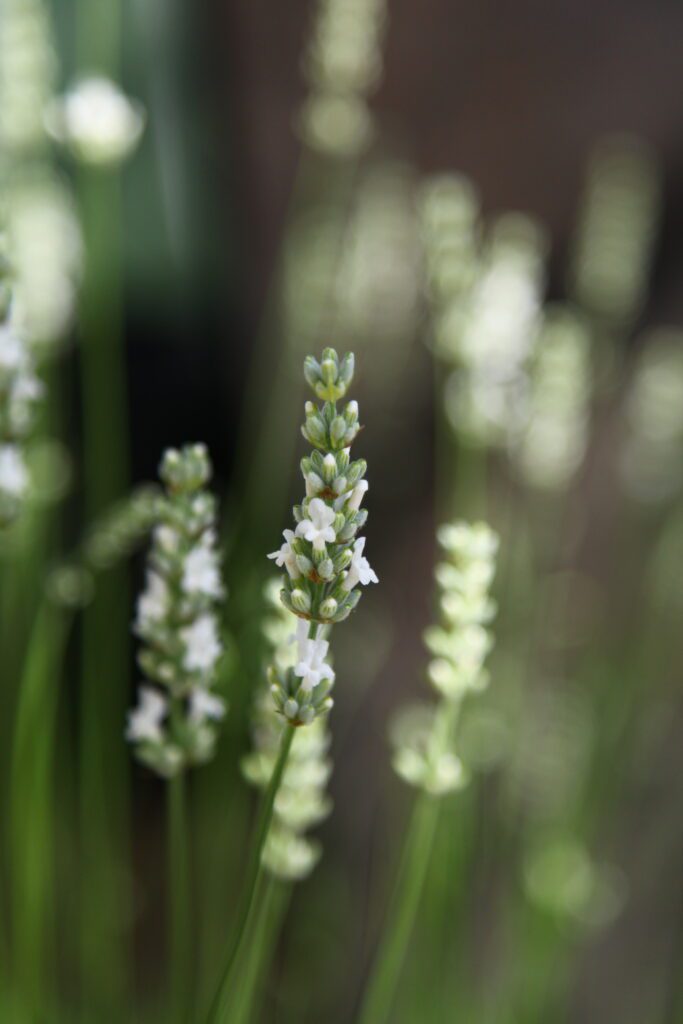
| Flowering time | Summer |
| Sun requirements | Full sun |
| Soil | Well-drained soil |
| Hardiness | Hardy in most of the UK |
| Size | Grows to approx. 80cm x 80cm spread |
Lavandula angustifolia Beezee White
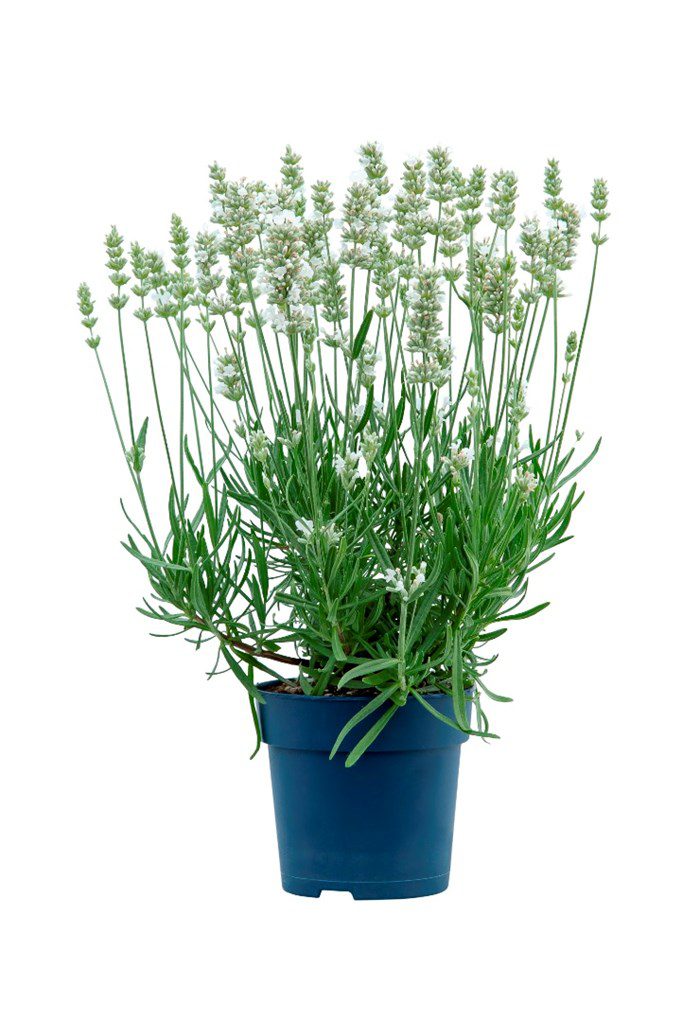
| Flowering time | Summer |
| Sun requirements | Full sun |
| Soil | Well-drained soil |
| Hardiness | Hardy in most of the UK |
| Size | Grows to approx. 50cm x 50cm |
Lavandula angustifolia Beezee Pink
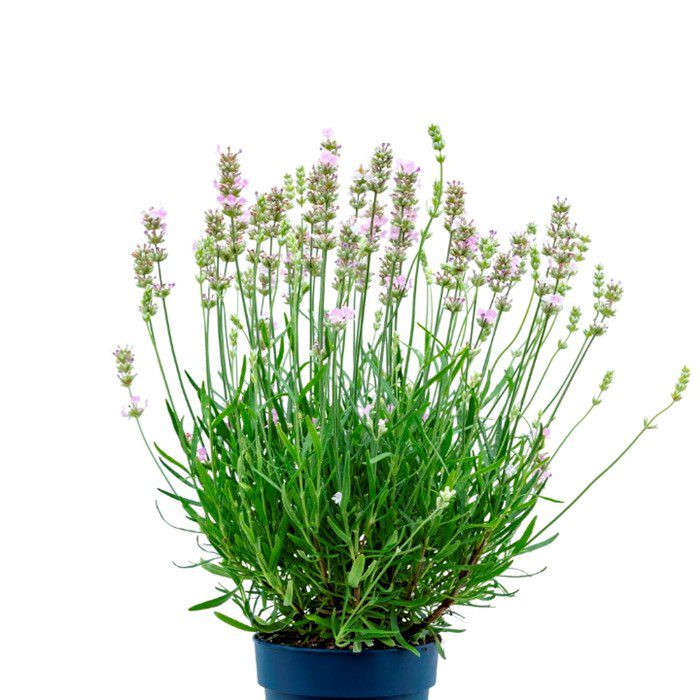
| Flowering time | Summer |
| Sun requirements | Full sun |
| Soil | Well-drained soil |
| Hardiness | Hardy in most of the UK |
| Size | Grows to approx. 50cm x 50cm spread |
Lavandula angustifolia Beezee Light Blue
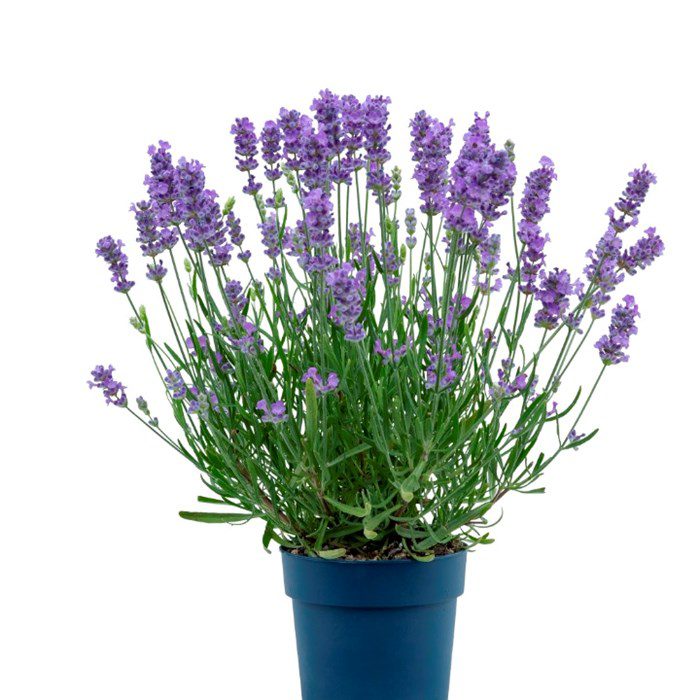
| Flowering time | Summer |
| Sun requirements | Full sun |
| Soil | Well-drained soil |
| Hardiness | Hardy in most of the UK |
| Size | Grows to approx. 50cm x 50cm |
Lavandula angustifolia Beezee Dark Blue
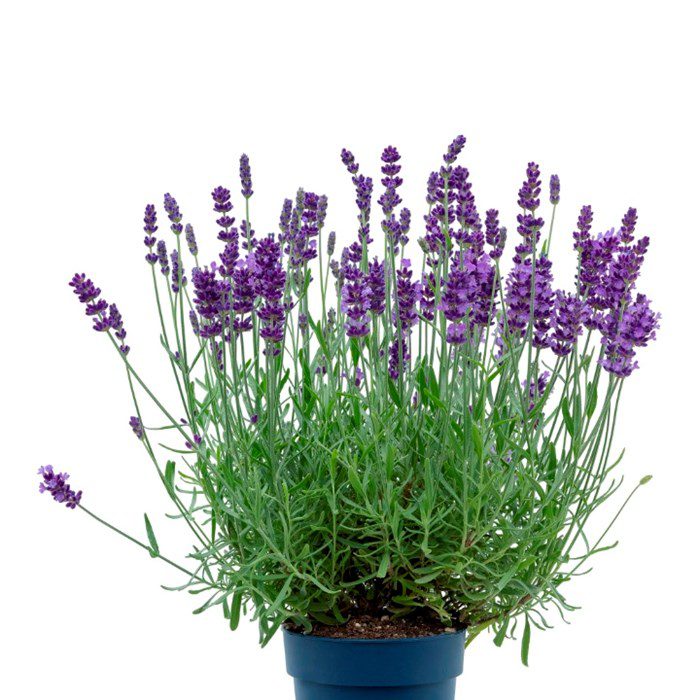
| Flowering time | Summer |
| Sun requirements | Full sun |
| Soil | Well-drained soil |
| Hardiness | Hardy in most of the UK |
| Size | Grows to approx. 50cm x 50cm spread |
Growing Guide
Planting
Lavender is best planted in spring. This allows the plant to make the most of the soil as it is beginning to warm up. For the happiest lavenders, make sure that they are planted in free-draining, poor or moderately fertile, alkaline or chalky soil.
If you have heavier soil but are determined to have lavender in your garden, add some organic matter before you plant it to improve the drainage.
Pruning
It is important to prune lavender after flowering. Cut it back to just below the flower stem, but not so far as the bare wood. In order to maintain a compact shape, it must be pruned every year. Whilst lavender is easy to grow and maintain, once it gets old and woody, it is very difficult to rejuvenate, so it is best to replace.
If growing in pots, add some coarse grit for improved drainage.
Planting Ideas
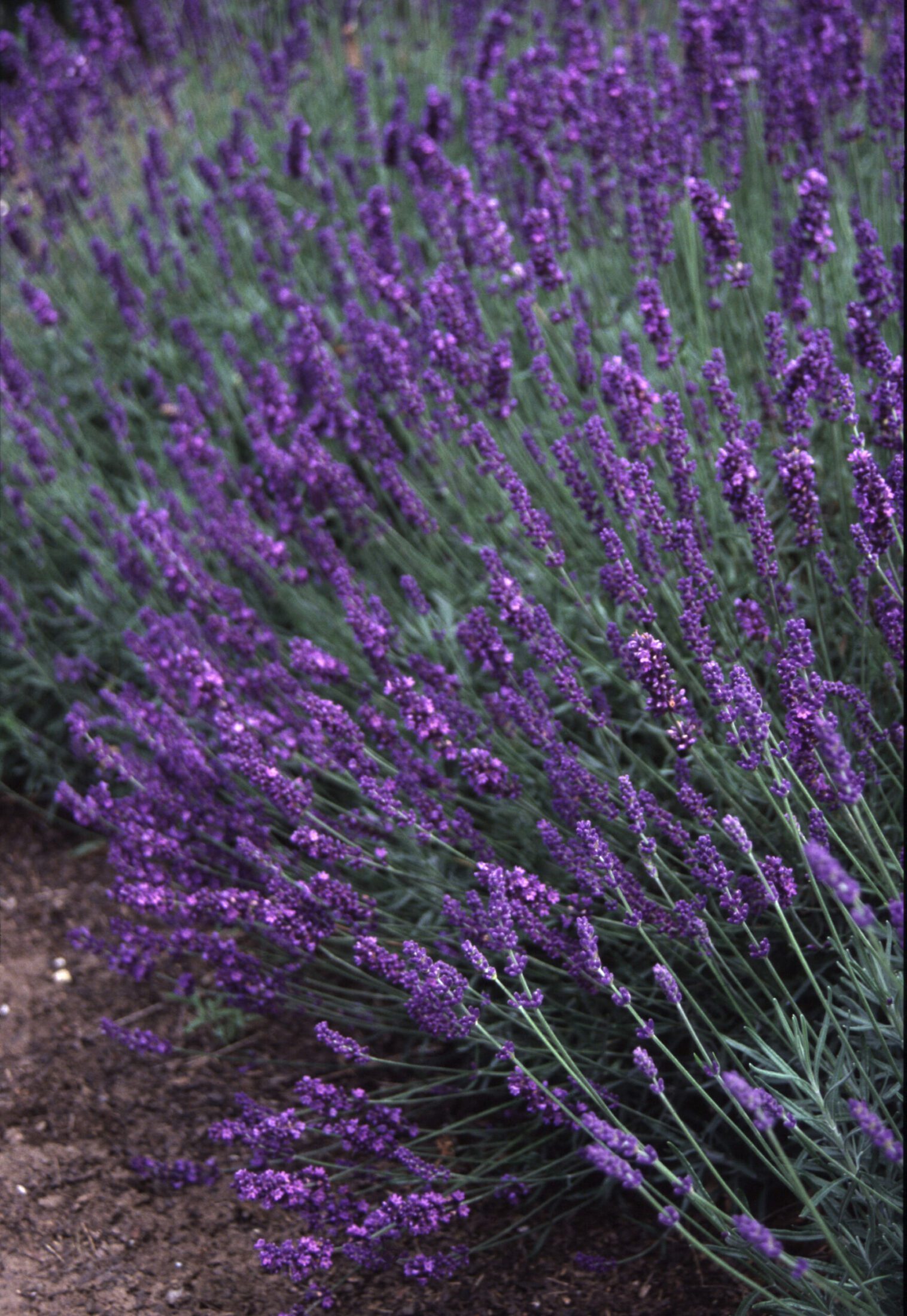
Lavender looks beautiful when planted in front of pink roses, with the colours and scents combining to a heady effect. It also suits being planted with herbaceous perennials such as echinacea or aster, to create a dramatically bold border. Lavender, of course, can also be added to a herb garden, complementing other woody herbs that can cope with drought, such as rosemary.
Lavandula angustifolia Fact
The scent of lavender deters mice, flies, mosquitoes and other pests from the surrounding area and 2500 years ago, it was even used in ancient Egypt during the mummification process!
